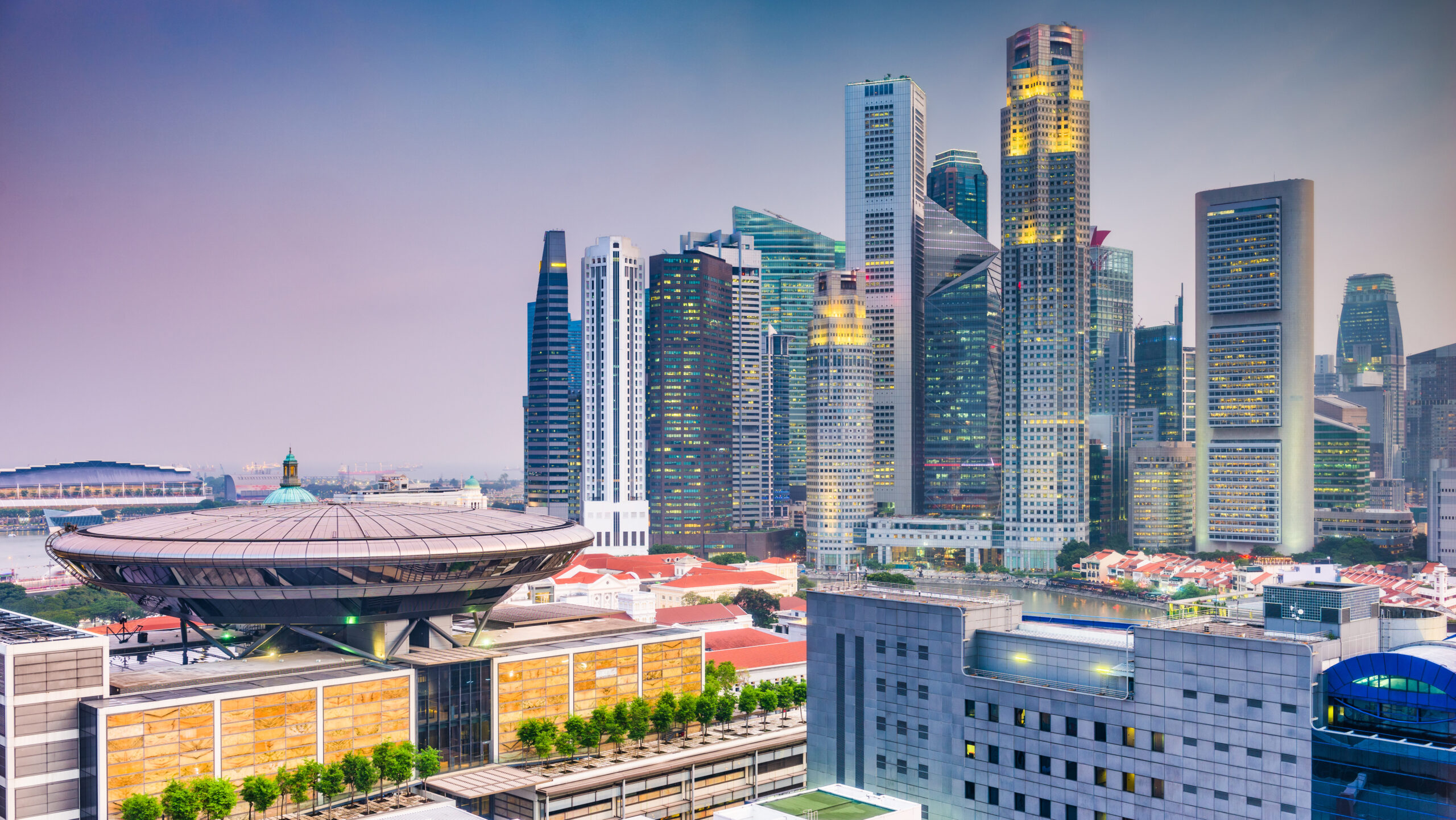Can Urban Innovation Curb the Climate Crisis?
As the global population becomes increasingly urban, cities are emerging not only as centers of innovation but also as frontlines in the battle against climate change. By 2050, nearly 70 percent of the world’s population is expected to live in urban areas. Cities already account for more than 70 percent of global carbon emissions and over two-thirds of the world’s energy consumption. Yet they also hold the key to sustainable transformation. The concept of the smart city, powered by digital infrastructure and real-time data, has taken shape as a potential blueprint for climate-resilient urban living.
Smart cities are more than just technological upgrades. At their core, they represent a rethinking of how urban systems function. From traffic to water, waste to energy, buildings to public safety, every aspect of city life can be optimized using data analytics, artificial intelligence, and connected devices. When combined with sustainable design principles, this convergence of technology and ecology offers a pathway to lower emissions, better quality of life, and greater resilience.
The promise of smart cities lies in their ability to monitor and manage resources in real time. Smart grids balance electricity demand and supply more efficiently. Intelligent transportation systems reduce congestion and emissions through dynamic traffic flows, electric vehicle integration, and multimodal mobility planning. Building automation systems adjust lighting, heating, and cooling based on occupancy and weather, reducing unnecessary energy use.
Waste collection is made more efficient with sensor-enabled bins, while digital water meters detect leaks and promote conservation.
These technologies are already being implemented in cities around the world. In Copenhagen, an integrated bike-sharing and sensor network has significantly cut transport emissions. Singapore’s Smart Nation initiative uses real-time data to optimize public transport, improve urban planning, and monitor air quality. In Barcelona, a combination of smart lighting, irrigation systems, and waste collection has contributed to significant energy and water savings.

However, the shift to smart urbanism is not without challenges. Many of the technologies require substantial upfront investment, robust digital infrastructure, and strong governance models. Data privacy and cybersecurity have emerged as major concerns, particularly as more personal and public data flows through interconnected systems. In some cases, there is also a risk of deepening social inequality, where wealthier districts benefit from advanced technologies while marginalized communities are left behind.
True climate resilience in cities will depend not just on smart tech but on inclusive and adaptive planning. A city that is highly automated yet vulnerable to heatwaves, flooding, or food insecurity cannot be considered sustainable. Integrating nature-based solutions such as green roofs, urban forests, and permeable surfaces with digital monitoring can enhance both mitigation and adaptation. Similarly, involving citizens in the design and use of smart technologies ensures that innovation aligns with local needs and values.
The role of local governments is critical. Mayors and urban planners are increasingly being called to lead climate action through regulatory frameworks, public-private partnerships, and community engagement. The use of digital twin models, virtual replicas of entire cities, can help simulate the effects of policies before implementation, from low-emission zones to renewable energy integration. Financing mechanisms such as green bonds and climate funds are also helping to make these projects bankable.

For countries like Sri Lanka and others in the Global South, the smart city model offers both hope and caution. While large-scale projects may seem distant, the modular nature of smart infrastructure allows for incremental adoption. Municipalities can start with targeted upgrades, such as smart street lighting, digitized public transport, or energy-efficient schools, and build out capacity over time. Leveraging partnerships with universities, private tech firms, and multilateral agencies can help bridge knowledge and funding gaps.
Urban innovation alone will not solve the climate crisis, but without reimagining cities, the battle cannot be won. The technologies exist. The data is available. The challenge now is to implement these solutions at the scale and speed required by the climate emergency, while ensuring that they serve people as well as the planet.
The smart city is not just a technological destination. It is a mindset, one that blends sustainability, equity, and innovation to build a better future from the ground up.




